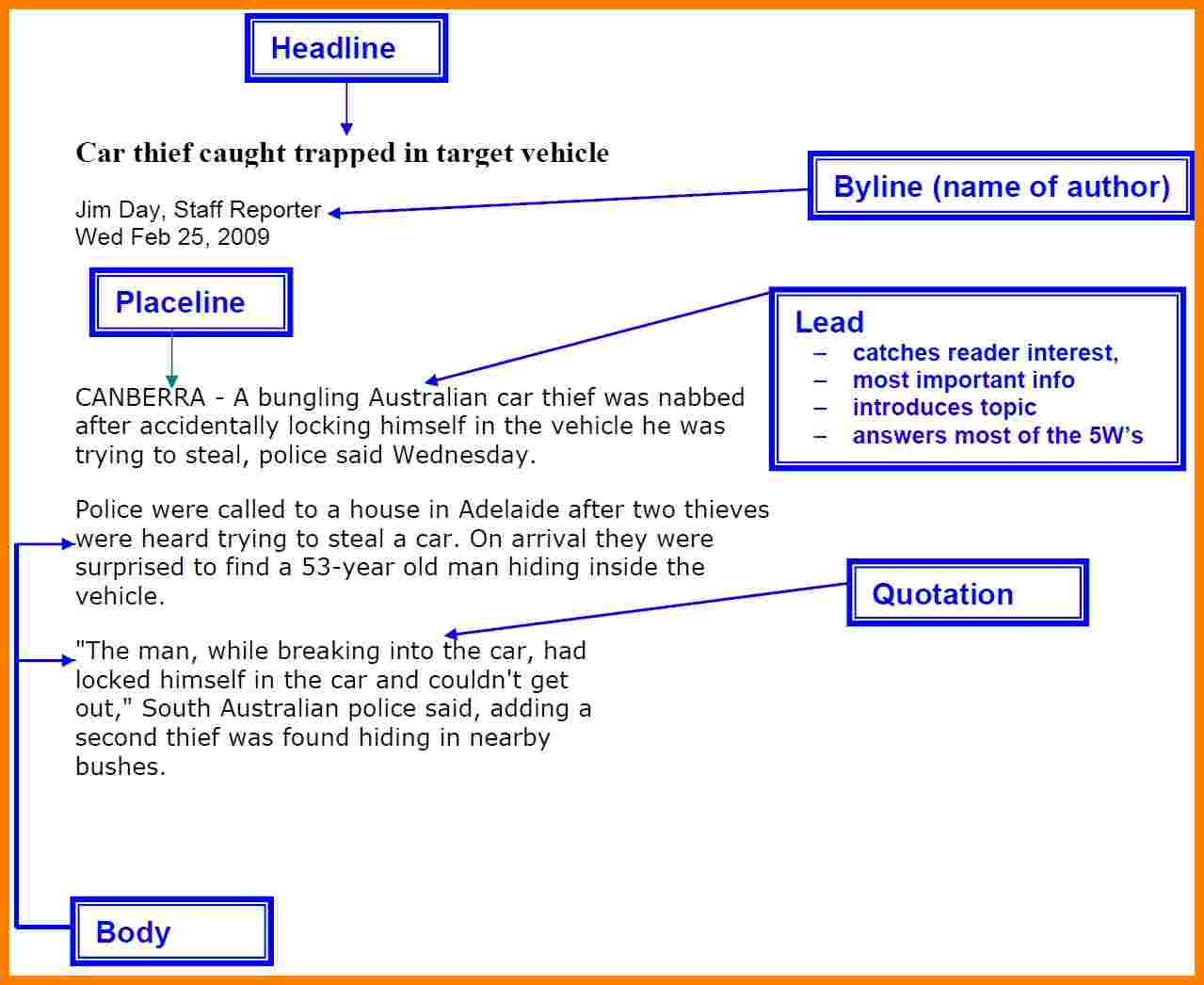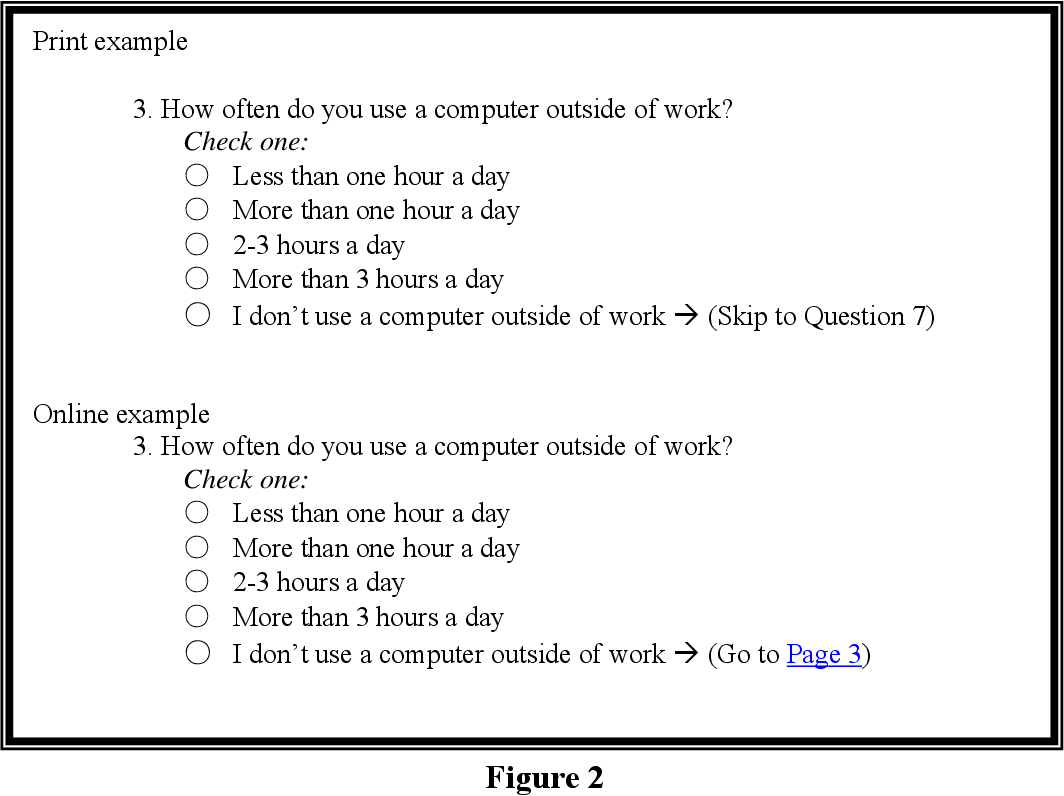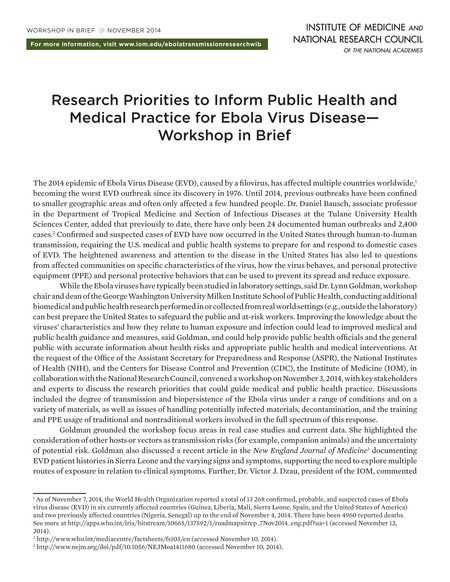When it comes to how to write a news paper article, there are a few things that you need to keep in mind. First and foremost, you need to focus on a human interest story. Don’t overuse acronyms or jargon. Also, avoid using anonymous sources of data. Also, find an angle to your topic. Hopefully, these tips will help you write an article that will get published.
Focus on human interest
In the world of newspapers, there are many different ways to write an article. Often, human interest stories are meant to deviate the audience’s attention from the hard news. They are often placed at the end of news bulletins or within the newspaper. The most effective way to write a human interest story is to think about the consumer’s interests. Those who read such articles are generally amused by them, and they tend to stay on the article to the end.
While much of the news consists of statistics and facts, there are always stories that capture the human interest. Stories about presidential polls, food recalls, and cancer are all examples of topics people are interested in. However, news sources sometimes want to put a human face on the news in order to stir the public’s emotions. These stories are known as “the story behind the story,” or they are called “emotional news,” and they typically involve interviewing those affected or creating reports about people facing difficulties.
Human interest stories have one key aspect in common: they place people at the heart of events. This gives the reader a person or event to relate to, which in turn taps into their natural curiosity about other people’s lives. While writing a human interest story, remember to use descriptive language when describing the people, places, attire, and time. In your conclusion, make sure to end on a positive note.
People are naturally interested in other people, and when the story has human interest, it is more likely to be newsworthy. While news is often based on events and situations, it often tends to present these events as the actions of named people or social forces. For example, any well-attended marathon will be covered, but if a disabled person completes it, news coverage will be even greater.
Avoid jargon
The best way to make your article more accessible is to avoid jargon and use terms that readers understand. Doing so will not only make your article easier to read, but also increase the chances of your readers retaining your content for longer. The following are some helpful tips to avoid jargon when writing a news paper article. Once you’ve identified and avoided these mistakes, you can start writing!
First, avoid foreign words and phrases. They aren’t necessary, but bad writers often think they’re grander because they’re Latin. Likewise, in the case of jargon, an unnecessary word might gain more ground than a traditional Anglo-Saxon word. Moreover, you’re also less likely to get a favorable review for your article from an academic journal. For example, if you’re writing about a scientific discovery, try to avoid using jargon as much as possible.
Next, avoid jargon. Jargon is language that’s not commonly used in common conversation. This language is understood only by a small group of specialists. For example, laymen would refer to a heart attack as a coronary thrombosis, while computer scientists speak of ‘accessing data’. When you use jargon, you’ll be giving your readers a confusing impression about your expertise and subject matter.
Experts advise writers to avoid jargon. Jargon is used to hide the real meaning. It is only appropriate to use jargon to convey specialist meanings. For example, a doctor might not use the word “men, women, and children” to explain a complicated concept to an uninformed patient. However, journalists should avoid using jargon in their writing, unless they’re writing about a scientific study or an engineering study.
Avoid acronyms
A common mistake that journalists make when writing a news paper article is using acronyms. While these can be useful in certain situations, they should not be used in the main body of the article. For example, “TARP” means Troubled Asset Relief Program, which is controversial. The best practice is to use the full word instead of an acronym. It is also best to avoid using two-letter acronyms because they spell out unrelated words.
First, make sure you spell acronyms correctly. Generally, they’re pronounced as singulars. That means that if an acronym starts with a consonant sound, it should be followed by a plural verb. The same is true for non-singular words. A hyphen is also a good idea. If the abbreviation is pronounced differently, use the indefinite article ‘a’.
When using acronyms, be sure to spell out the full word each time. A few examples of common abbreviations are IBM, ATM, PhD, and CIA. While these terms are not formally correct for all writing, they are still commonly used. Make sure to avoid using acronyms as much as possible when writing news paper articles. And if you must use them, be sure to include their definition before using them in your articles.
Second, avoid using acronyms in the title or abstract. You don’t need to be a scientist to use acronyms. Besides saving ink, it will also help your reader understand the concept behind the acronym. Aside from helping your readers, using acronyms in the title or abstract will make your articles easier to read. You can also use them to simplify complicated phrases or specialist words. It is best to use acronyms sparingly and make them more accessible to the public.
A common mistake that writers make is using acronyms in their writing. A few examples of acronyms are: abbreviations, initialisms, and abbreviations. When used inappropriately, they distract from the reader’s understanding of what is being written. Abbreviations, however, can help you create a more effective article. The best way to avoid using acronyms in your writing is to keep it simple and clear.
Find an angle
If you want to write a compelling news paper article, you need to know how to find an angle. Basically, finding an angle means thinking outside of the box. Find out what’s at stake with the subject and then find a way to explore the issue in an engaging way. Once you have this information, you can write a newsworthy piece. But in order to do this, you need to be prepared to research the subject of your story thoroughly and come up with questions.
Once you have your angle, you should try to think of a story that is unique. You can also use personal experiences as an angle. Many people would love to talk about their experiences. If you know someone who has a lot of experience in the subject matter, you should contact them and ask them to share their story. You can also try to interview an expert in the field. Those who know a lot about the subject matter can help you find an angle that will catch their attention.
Creating a newsworthy angle is a fun process. It’s better to start with a big picture topic and then dig into it until you find several different angles to the subject. This way, you’ll come up with interesting content ideas that you can then polish. If you can pull off a newsworthy angle, you’ll be much more likely to land the article in print. This process is often easier than people realize, but it will take some trial and error to get the perfect story.
You can find many angles in a single news event. For example, new laws could have environmental and financial effects. The impact of a new law could be short-term or long-term. A human interest story focuses on a fascinating person or situation. As you can see, finding an angle is like learning a new instrument. Once you’ve mastered the basics of writing news articles, you’ll be able to create newsworthy stories of your own.




